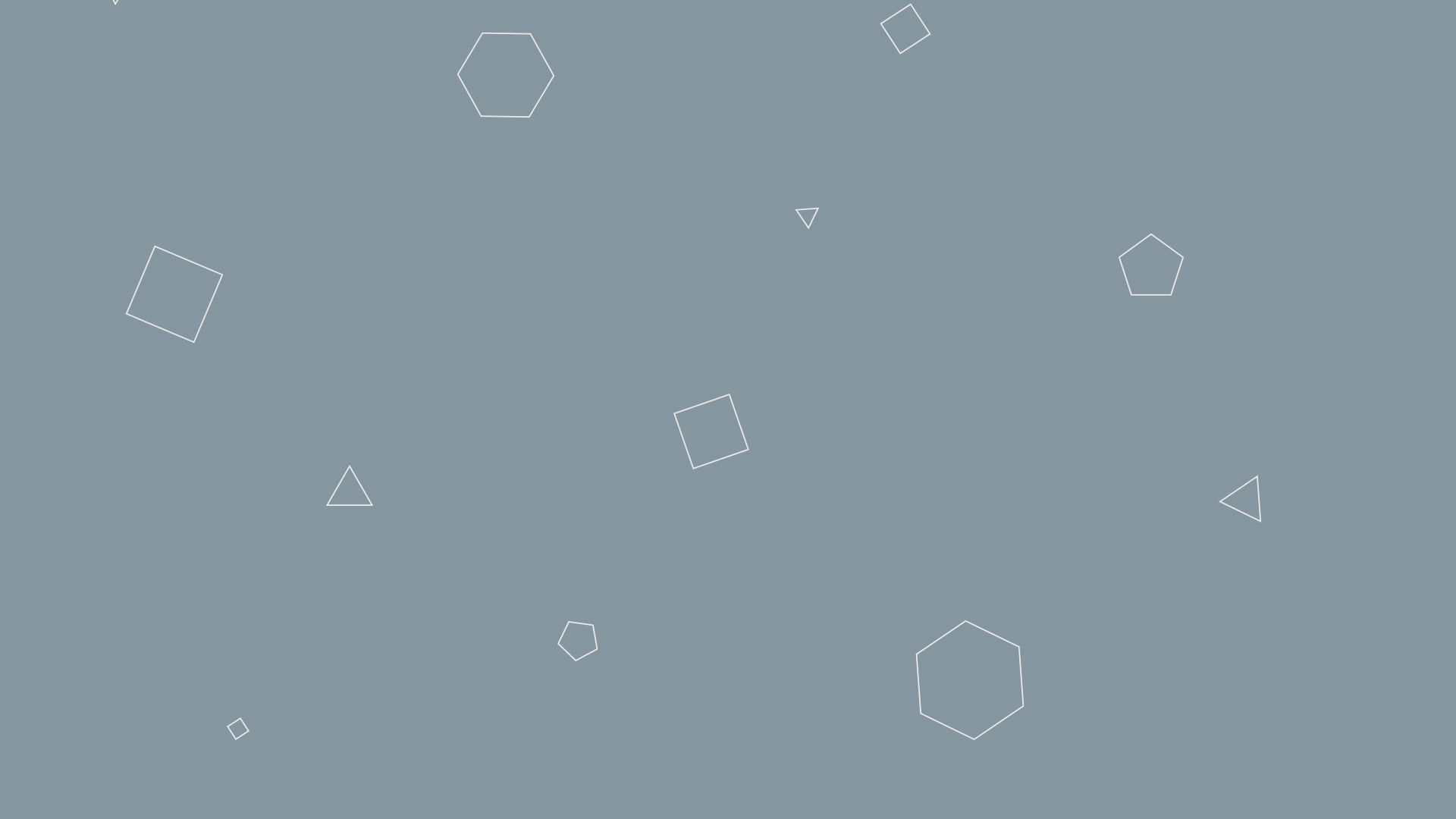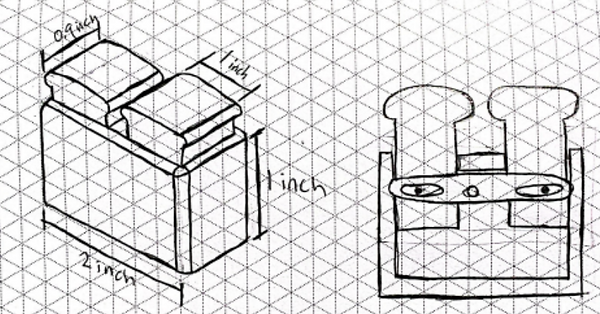

Element D
This part of the design process includes original sketches of possible solutions that solve or help aid in preventing attention disorders. All sketches come together into a decision matrix and are narrowed down to the top 10 possible solutions. From those top 10 solutions, the 3 best ones will be analyzed, surveyed by stakeholders for opinions and data, and the single best one will be designed, produced, and tested. The best solution decided upon by the stakeholders will be modeled and rendered in a 3D program for the most accurate representation of what the product will be like.
Decision Matrix for Possible Solutions and Summary

Summary
Using the criterias made in Element C, each concept sketch was evaluated based upon the same terms. Along with each criteria, there was a weight applied depending on how important the group felt each element was. The concept sketches were analyzed on a scale from 1-5, 1 being bad and 5 being good. Each score was averaged out and totaled up to get a number, that number decided what the top 10 designs would be. From there, the top 3 designs were decided upon.(4)
Top 10 Possible Prototype Solutions/Concepts
Analysis and Selection of Possible Solutions
The top 3 drawings from the decision matrix were the toaster idea, the key switch, and the clicker. The toaster works like a seesaw to where one side is pushed down while the other pops up for a continuous loop. The key switch idea is a key switch on a keychain that allows it to be carried and take the satisfying click on the go. The clicker is the top part of a pen that fits in a hand allowing it to be clicked while listening to the teacher.

The stakeholders were asked what design of the three were their favorite and the results show that 70.5% (93 people) voted the toaster to be the best design. The pen clicker gained 11.4% (15 people) and the key switch gained 18.2% (24 people) of the vote.
The stakeholders were asked what design of the three were the coolest and the toaster received 77.3% (102) of the vote while the pen parts received 10.6% (14 people) of the vote and finally the key switch gained 12.1% (16 people) of the vote.


The stakeholders were asked what design of the three would help them the most and the toaster gained 46.2% (61 people) of the vote while the pen parts gained 25.8% (34 people), the key switch gained 22%(29 people), and lastly 6.1%( 8 people) said they did not think any of the designs would help them.
Final Concept Design Sketch

Final Concept Design 3D Model
Materials Selection for Concept Prototype
Products can be made with a variety of materials, all with their own unique properties and uses. For its strength, some type of metal like a steel rod or stainless-steel nail would most likely need to be used for the pin in our design to ensure its strength, reliability, and longevity. Some type of 3D printed filament, like Polylactic acid (PLA) would be used for a prototype of the possible solution and proof of concept. Also, some materials may be swapped out for a various number of reasons after testing. For example, some materials may be more brittle than others and may need to be exchanged for a stronger and more durable material. (2,3,5)
Conclusion
After making all 15 rough sketches, the decision matrix narrowed down the top 10 best sketches out of all 15. After the first decision matrix, another was created for the 10 best sketches and narrowed down even further from there. In doing this, the 3 highest designs were decided upon and put into a survey to be sent out to the stakeholders. The survey asked questions regarding what product looked the coolest, would help the most, and was the favorite design. The stakeholders overwhelmingly favored the tiny toaster design as being the best one out of the other two. After the survey data was collected, a final sketch was made of the tiny toaster design, then a 3D model of the tiny toaster and all of its corresponding parts were made. Lastly, a list of possible materials needed to construct this product was also researched and collected.
















